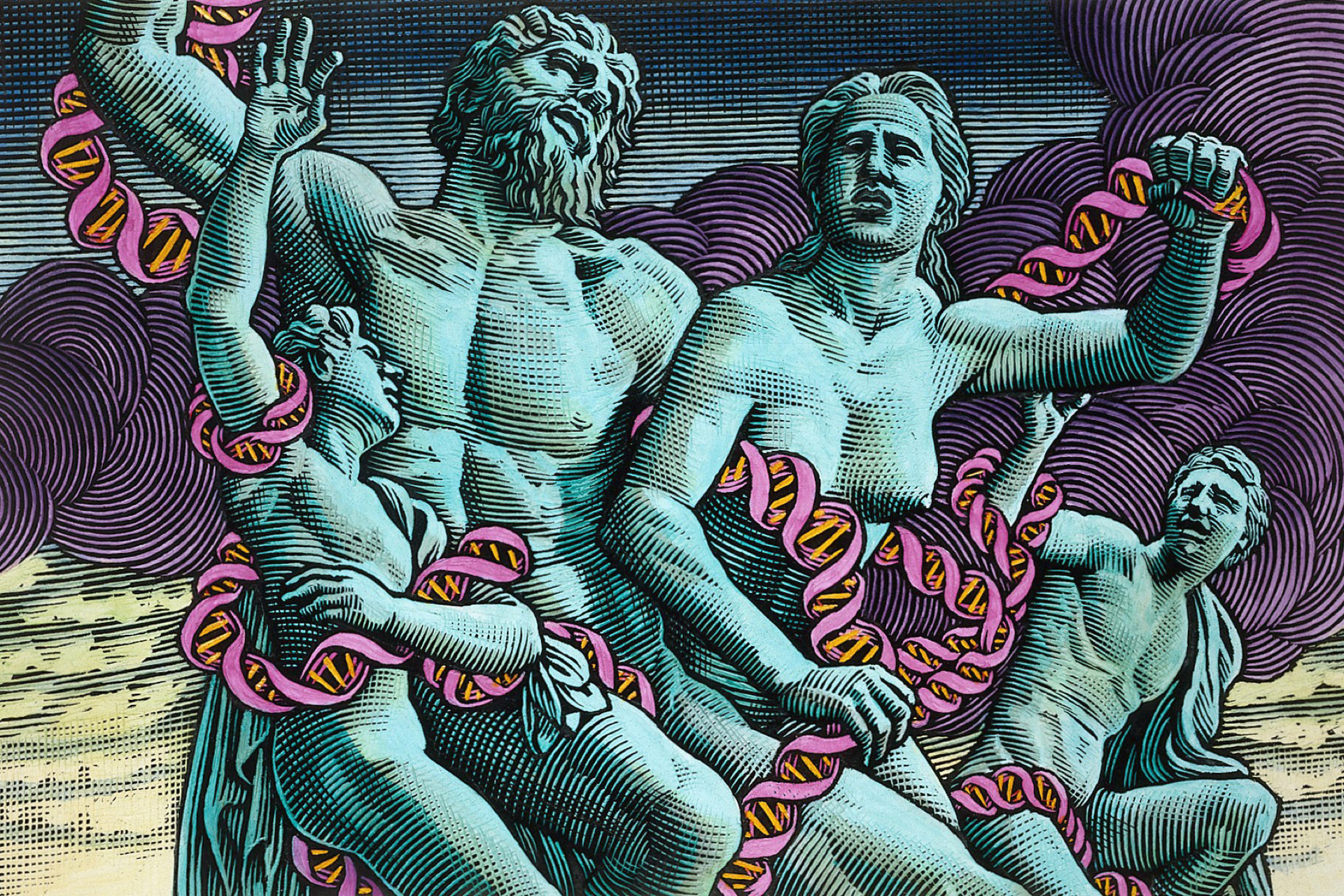|
Truly Human Enhancement: A Philosophical Defence of Limits Published by MIT Press ISBN-10: 0262026635, ISBN-13: 978-0262026635 Buy this book from from Amazon UK |
Nicholas Agar has endeared himself to the enhancement debate by being a little bit afraid of 'post humans' — the real-life supermen who could very well use their powers for evil and enslave the rest of humanity. It may come as no surprise, then, that Agar's latest venture into the debate continues in much the same vein. But while 'Truly Human Enhancement' does not plumb radical new depths, it does add more substance to Agar's argument to date and it is, of course, fantastically informative making it an essential reference book for the enhancement debate.
Agar gives us a break from the simplistic all-or-nothing, for-or-against arguments that have dominated the debate thus far. Rather, by considering in greater detail the kind of enhancements that we should be encouraging and those that should be restricted, 'Truly Human Enhancement' is truly refreshing.
Anyone looking to develop their understanding of how we can enhance humans should err on the side of caution when considering whether or not to read this book — Agar is more preoccupied with the outcomes of human enhancement than the processes we use to get there. Of greatest concern to Agar are enhancements that will bestow upon us abilities, taking us above and beyond human biological norms. Which enhancements fall into this category? According to the author: things like giving someone the ability to run a marathon in fifteen minutes, live for thousands of years or utilise superior cognitive skills. It is these types of enhancements that Agar brands 'radical' and therefore undesirable at any point in the future.
Why are these radical enhancements so dangerous? It is at this point that Agar and I part ways because, despite being refreshing, the book just simply fails to persuade. The author makes clear that he appreciates the instrumental value of such enhancements. Agar concedes that with superior cognitive abilities, we would be able to accelerate the development of our scientific and medical technology to the point where our advanced knowledge would allow us to create a cure for cancer, arthritis and all manner of diseases. Ultimately this would engender a more efficient economy, whilst greatly improving the quality of life for many of us — all of which must surely be considered by most to be desirable outcomes. Agar, however, remains prudent, maintaining his moral arguments against any enhancements that might bring about such results.
Once again the author recites his concerns regarding the supra-moral persons such enhancements would create and the implications of this for the rest of us regular humans; although this time he adds the submissions that we would be disturbing the 'human biological norm' and that enhancement may lead to many human activities losing their intrinsic value.
The first is risky because it assumes that there is a readily identifiable human norm to which we all subscribe. Our experience surely tells us that there is no such fixed biological norm and that human nature is something which we ourselves are constantly reshaping as we continually expose ourselves to new technology, cultures, social spheres and climates. On the contrary — the human race today retains almost none of the cognitive or physical characteristics of our early ancestors.
As for the second argument this relies quite heavily on speculation. Agar introduces us to what he calls 'attention to Deep Blue', the computer which famously beat Gary Kasparov in a game of chess, proposing the idea of a chip we could implant in the human brain which would replicate the computer's ability to calculate 200 million chess positions per minute. The result of this, Agar believes, would be the loss of something intrinsically human; namely the experience of developing your chess skills over time and the point of the game itself. Seemingly logical, but for this to work we must speculate that no chip-implanted human would ever bring their own ingenuity to the game of chess, and furthermore that the chip would be so advanced that it could simulate every possible chess game ever, a feat surely bordering on fantasy.
Ultimately the main problem with 'Truly Human Enhancement' is that Agar's argument is based entirely in a world where the middle-to-upper-class individual can afford to take the autonomous decision to enhance themselves either radically, to the detriment of everyone else, or moderately, in keeping with his ideal. In this world, I too would be worried about the post-human revolution. However, if we concentrate on the idea of enhancing the many rather than the privileged few, the same technology that Agar fears could be used to the benefit of the wider society. This preoccupation with spending money and resources to enhance the individual ignores the opportunities we have to reduce the impact of global issues such as poverty, premature death and disease. These more realistic goals promote an enhanced human race rather than enhanced human individuals and engage the ethical concerns of the wider population. Hardly something to be scared of.
Buy Truly Human Enhancement: A Philosophical Defence of Limits from Amazon UK.







Leave a Reply
You must be logged in to post a comment.